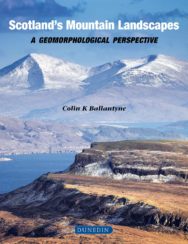‘Mountain scenery is always inspirational; but understanding how mountain landscapes have evolved deepens our perspectives of time and space, and the transience of human existence.’
A few of the books we’ve been showcasing this issue celebrate the beauty of Scotland’s landscape. Scotland’s Mountain Landscapes by Colin K Ballantyne is a brilliant guide to how our landscapes were formed through time, perfect reading for hillwalkers everywhere who want to understand more about the ground beneath their feet.
Extract taken from Scotland’s Mountain Landscapes: A Geomorphological Perspective
By Colin K Ballantyne
Published by Dunedin Academic Press
Mountains represent the essence of Scotland’s scenery. Postcards, calendars, shortbread tins and dishtowels seeking to capture ‘Scotland’ in a single image almost invariably depict a mountainous Highland landscape, sometimes with a loch or castle in the middle distance and a kilted bagpiper artfully (and sometimes digitally) inserted in the foreground. They are a fundamental part of Scottish identity, for though most Scots live in the towns and cities of the lowlands, the mountains are close by on the horizon, a line of purple or snow-covered peaks that reminds us of another Scotland where the interplay of sunshine and cloud over rocky crags, deep lochs, windswept plateaux and lonely moorlands creates a sense of wilderness and an opportunity to escape from our urban hinterland.
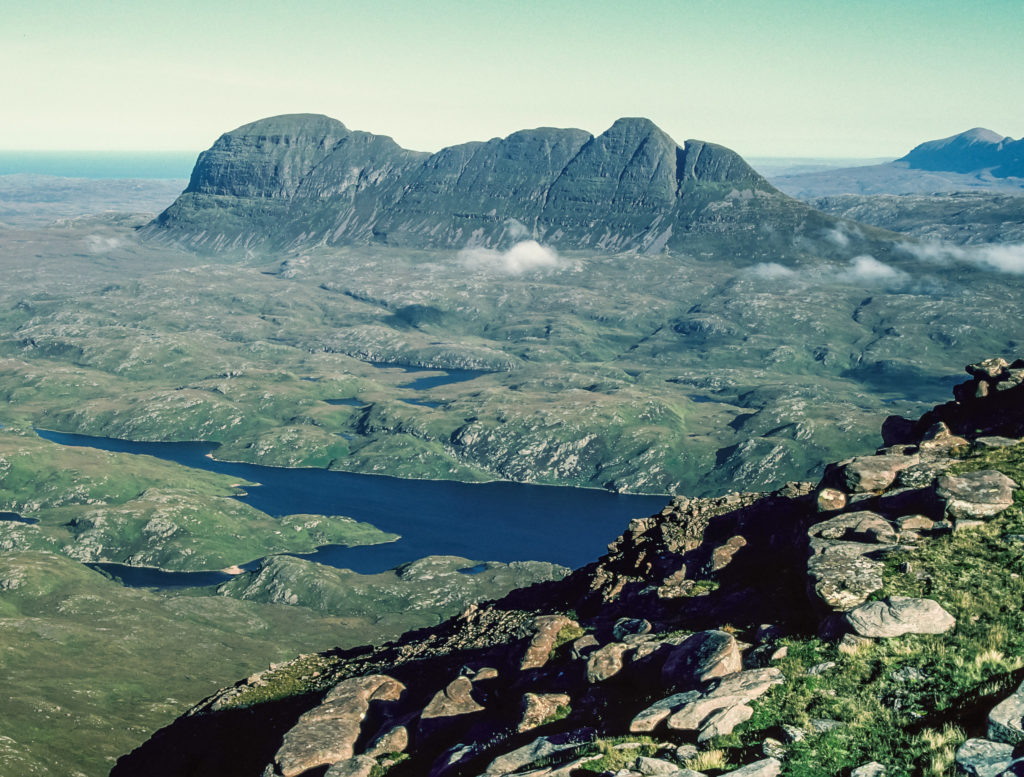
And escape we do. When the weather is favourable, thousands of hillwalkers visit the summits of Scotland’s mountains every week, many with the aim of completing the ascent of the 282 Munros (summits over 3000 feet or 914 m). Rock climbers are drawn to the crags and corries of Skye and Glen Coe, skiers to the snowy slopes of Glen Shee and the Cairngorms, and others come to the mountains for fell running, mountain biking and even hang gliding. Outnumbering all of these, however, are the visitors who come simply to marvel at the most wonderful scenery in the British Isles.
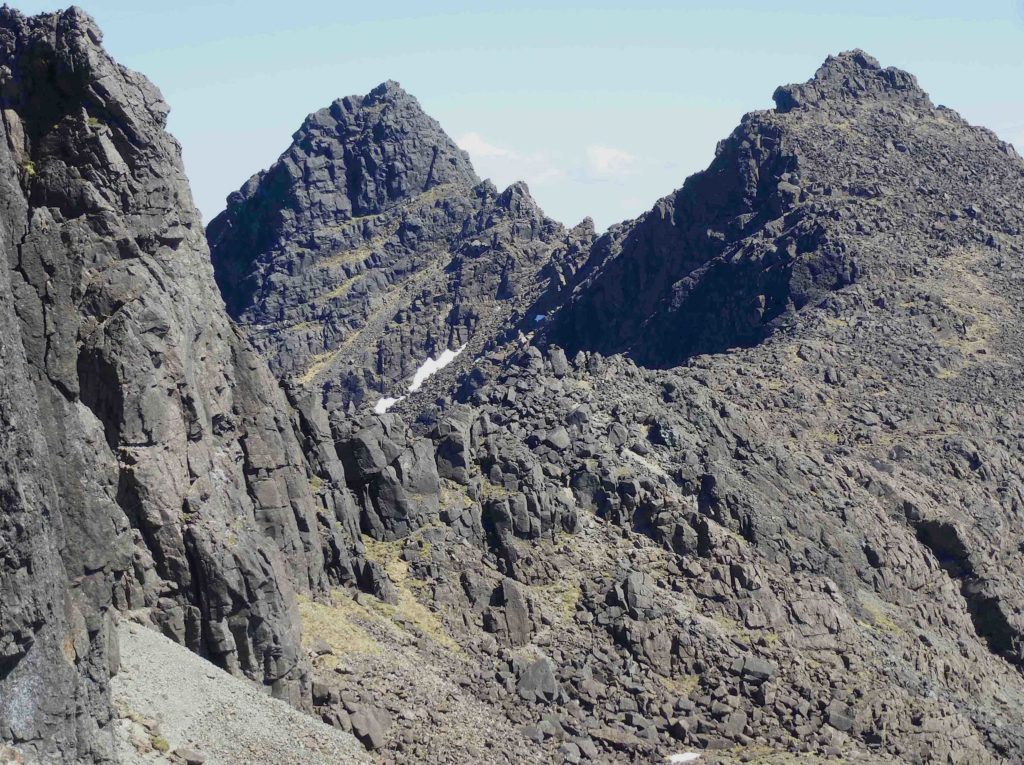
Nobody who has explored the mountains of Scotland can fail to have been impressed by their sheer diversity. The isolated sandstone peaks of the far northwest, the serrated gabbro ridges of Skye, the granite high plateaux of the Cairngorms, and the rolling uplands of southern Scotland represent a variety of mountain landscapes that rivals any on Earth. Such diversity
reflects not only Scotland’s tumultuous geological evolution, which has created a mosaic of contrasting rock types, but also the operation of a wide range of erosional processes that have sculpted the underlying rocks into the wonderful topographic variety of Scotland’s mountain landscapes. Some of these processes operated in deep time, many millions of years ago, others throughout the
Ice Age, and many, such as frost action, rockfall and river erosion, have continued to modify mountain landscapes since the disappearance of the last glaciers.
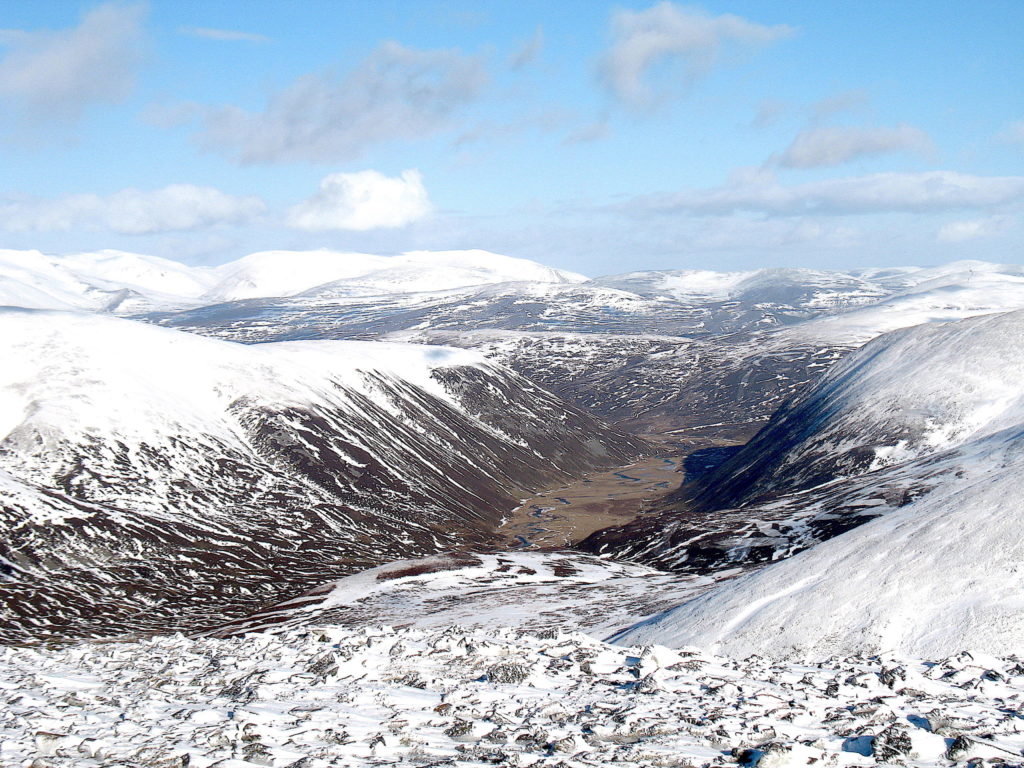
In this book we shall take a journey through time, beginning with the formation of the oldest rocks and ending with the manifold processes that are still operating on high ground. We shall visit past eras when Scotland lay near the Equator, when alpine-scale mountains towered over the landscape, when volcanoes spewed out copious lava flows, when ice covered the land, and when earthquakes triggered major landslides. Mountain scenery is always inspirational; but understanding how mountain landscapes have evolved deepens our perspectives of time and space, and the transience of human existence. Just 12,500 years ago, for example, Scotland looked like high-arctic Svalbard today: a great icefield occupied the western Highlands, a valley glacier was advancing to the southern end of Loch Lomond, permafrost underlay the ground beyond the glaciers and mean July temperatures were no higher than those in November at present. Understanding such events and their effects on the landscape can make a day in the Scottish mountains a thrilling excursion that spans millions of years.
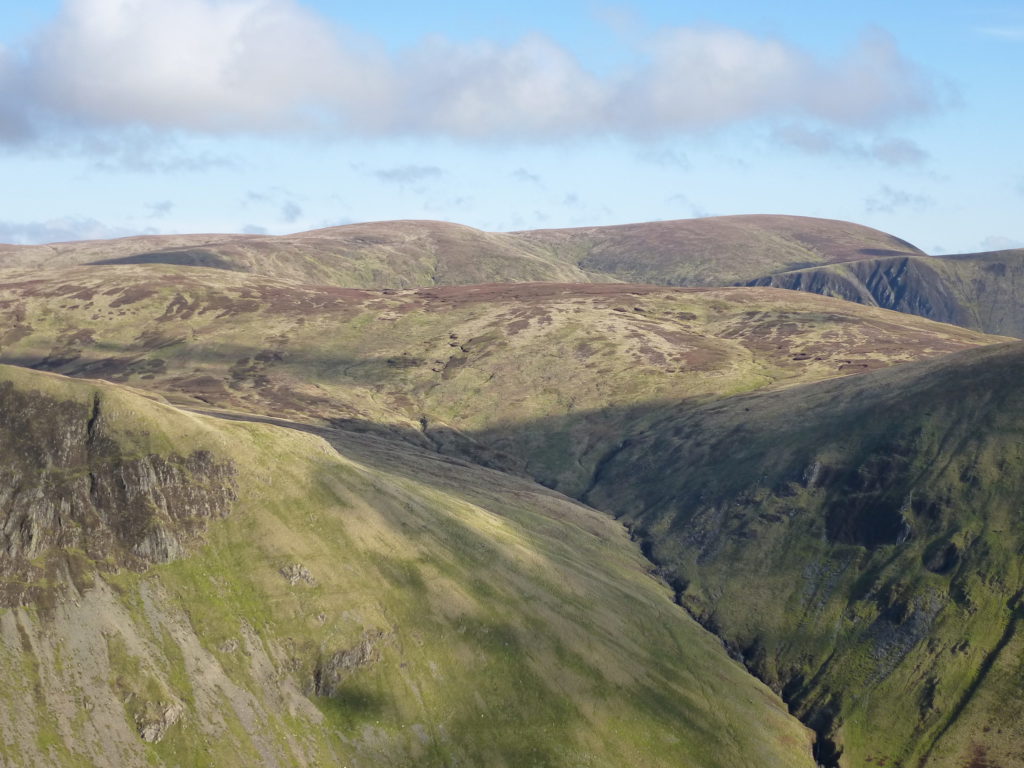
The images here are examples of the diversity of Scotland’s mountain landscapes. (a) Suilven (731 m) in NW Scotland, a sandstone mountain rising above glacially scoured gneiss (photograph by John Gordon). (b) Sgùrr Dubh Mór (944 m) and Sgùrr Dubh an Da Bheinn (938 m), Cuillin Hills, Skye. (c) The eastern Grampians, with the Cairngorms on the skyline. (d) The Southern Uplands: White Coomb (821 m) from Hart Fell.
Scotland’s Mountain Landscapes: A Geomorphological Perspective by Colin K Ballantyne is published by Dunedin Academic Press, priced £28.00
ALSO IN THIS ISSUE

 The World of Bond According to Smershpod
The World of Bond According to Smershpod
‘The first sound we hear is of radio interference. Then a gun barrel unfurls into view. And there he …





